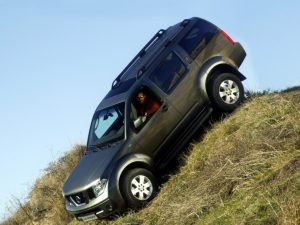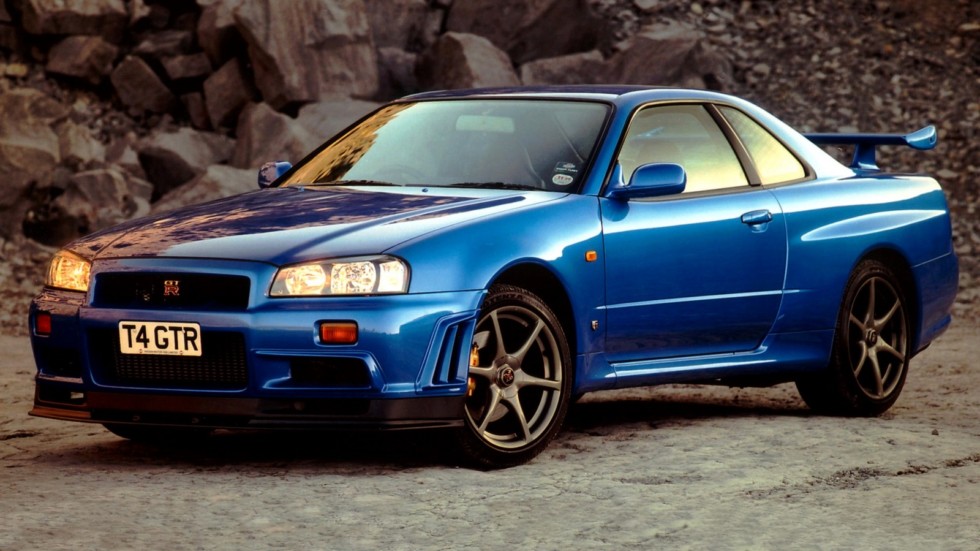better at city traffic
Instead of “pruley”: how China wants to flood Asia and Africa with its used cars
 The sales of new cars in China are amazing: for comparison, in Russia last year 1.6 million cars were sold, and in China in September 2018 alone they were bought over 2 million. The total annual result in 2017 amounted to – just think about it – almost 29 million units! And given the pace of sales, even taking into account the “low base”, that is, an extremely low level of motorization of the country several years ago, the volume of the secondary market is also growing by leaps and bounds. And this means not only economic growth and a good purchasing power of the population, but also the emergence of new issues that simply did not arise earlier. And one of the main things – what to do with used cars?
The sales of new cars in China are amazing: for comparison, in Russia last year 1.6 million cars were sold, and in China in September 2018 alone they were bought over 2 million. The total annual result in 2017 amounted to – just think about it – almost 29 million units! And given the pace of sales, even taking into account the “low base”, that is, an extremely low level of motorization of the country several years ago, the volume of the secondary market is also growing by leaps and bounds. And this means not only economic growth and a good purchasing power of the population, but also the emergence of new issues that simply did not arise earlier. And one of the main things – what to do with used cars?
It would seem that the question is simple: given the volume of production, you can simply expand processing, sending old machines for scrap and remelting. Continue reading
From the game into reality: is it worth buying Nissan Skyline R34
 Nissan Skyline – this is probably the case when, despite good reliability, the main driver of success was not even she, but sports status. “Skye”, generation after generation, received coupe versions with a clear bias towards the idea of a “driver’s car”, gained popularity among fans of active driving, participated in races – official and street – and at the same time retained their concept, one of the key elements of which were inline six-cylinder motors.
Nissan Skyline – this is probably the case when, despite good reliability, the main driver of success was not even she, but sports status. “Skye”, generation after generation, received coupe versions with a clear bias towards the idea of a “driver’s car”, gained popularity among fans of active driving, participated in races – official and street – and at the same time retained their concept, one of the key elements of which were inline six-cylinder motors.
Despite the fact that at the mention of the name Skyline, most recalls an exceptionally wide coupe with four red circles of the rear lights, which became its original calling card, the car was also produced in the sedan. And in spite of the fact that in this form, it somewhat loses in aggressiveness, as well as in elegance (for example, the doors here are very ordinary, unlike the frameless ones in a coupe), the characteristic features of the exterior, along with the row “six”, cannot be taken away from him. Continue reading
Five reasons to love and hate the Nissan Pathfinder III
 The name Pathfinder first appeared in the gamut of the Nissan brand in 1985, during the heyday of interest in off-road cars of the “universal” class, combining the permeability and utility of the “professionals” with the comfort of passenger cars. Then the designers of the brand did the same as everyone else: they took the four-wheel drive pickup truck chassis (with independent front suspension and reduction gear in the transmission) and equipped it with a station wagon. Thus was born the SUV with the factory code WD21. In other markets, this car was sold as a Terrano, and the production of this model continued until 1996, when it was replaced by the Pathfinder R50.
The name Pathfinder first appeared in the gamut of the Nissan brand in 1985, during the heyday of interest in off-road cars of the “universal” class, combining the permeability and utility of the “professionals” with the comfort of passenger cars. Then the designers of the brand did the same as everyone else: they took the four-wheel drive pickup truck chassis (with independent front suspension and reduction gear in the transmission) and equipped it with a station wagon. Thus was born the SUV with the factory code WD21. In other markets, this car was sold as a Terrano, and the production of this model continued until 1996, when it was replaced by the Pathfinder R50.
In 1993, a separate, purely European branch, named Terrano II, sprang from this trunk, which, nevertheless, soon sprouted in America under the name Ford Maverick (the car whose exterior was designed by Belgian designer Alain Bloné was developed jointly with the concern Ford) but this is a slightly different story. Continue reading





